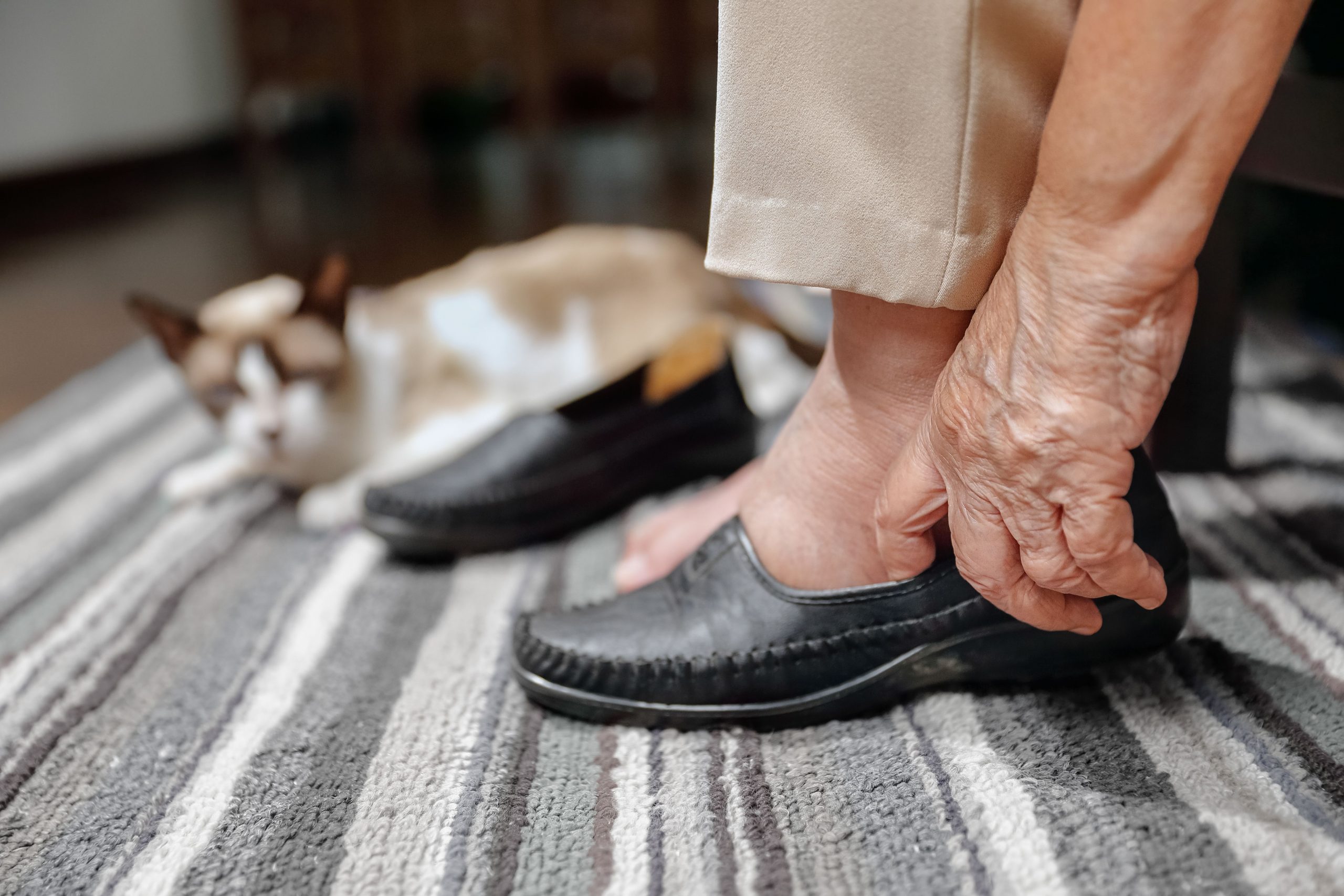

Foot care for people with diabetes
Diabetes Foot care. Proper foot care is essential for people with diabetes, as they have a higher risk of minor injuries on their feet escalating into more serious complications, such as foot ulcers that require leg amputation. By following a few steps, diabetic patients can minimise the odds of such severe consequences.
Follow us on WhatsApp for the latest updates: https://bit.ly/AsiaMDWhatsAppEN
Check feet every day
As diabetic patients may have nerve damage that prevents them from feeling pain in their feet, they should check their feet every day. They should look between the toes, for cuts, redness, swelling, sores, corns, calluses, blisters, and other changes to the skin and nails such as dry heels and toenail infections. Those who have difficulty seeing the bottom of their feet should use a mirror or ask for help from a family member.
Any abnormalities should be inspected by a doctor who will recommend the best course of action. In particular, diabetic patients should avoid cutting off corns and calluses, or use corn plasters, or liquid corn and callus removers to treat them. These can damage the skin and cause infections.
Wash and dry feet carefully
When washing their feet, they should not soak their feet in water, as the skin could break down and increase the chances of foot infections. After washing and drying their feet, they should apply moisturising skin lotion all over their feet, to avert dry heels and skin that may crack and provide an opening for bacteria to cause infections. The skin between toes tends to stay moist, so avoid applying lotion there to discourage fungal growth.
Trim toenails straight across
People with diabetes should trim their toenails straight across and refrain from clipping the corners of the nails, as they could accidentally cut their skin. After trimming the nails, they should also gently smooth sharp edges with an emery board or nail file. Those who cannot see, feel or reach their feet, or have thick, yellowed or ingrown toenails, can ask a podiatrist for help in managing their toenails to avoid toenail infections.
Wear the right shoes
Diabetic patients should wear shoes and socks, even indoors, as they could stub their toes, step on something or hurt their feet in other ways without becoming aware of it. Athletic shoes are best for daily wear as they offer better support and allow feet to ‘breathe’, while socks should be lightly padded and have no seams that may rub against and irritate skin.
People whose feet have been deformed by diabetes should visit a podiatrist and get specialised footwear. Those with claw toes, where the toes curl under the feet, for example, may need extra-wide or deep shoes. For those whose feet have changed shape, customised shoes or shoe inserts, called orthotics, may be required to redistribute weight away from new pressure points to pre-empt injuries.
All people with diabetes should pay close attention to their feet to immediately treat cuts and other conditions such as dry heels and toenail infections. They should also have their feet checked by a podiatrist at least once a year to assess their potential risks. As the proverb goes, prevention is better than cure.
This article has been verified medically by Dr Tan Yih Kai, vascular surgeon at Surgi-TEN Specialists, Farrer Park Hospital (Singapore).



0 Comments
Trackbacks/Pingbacks